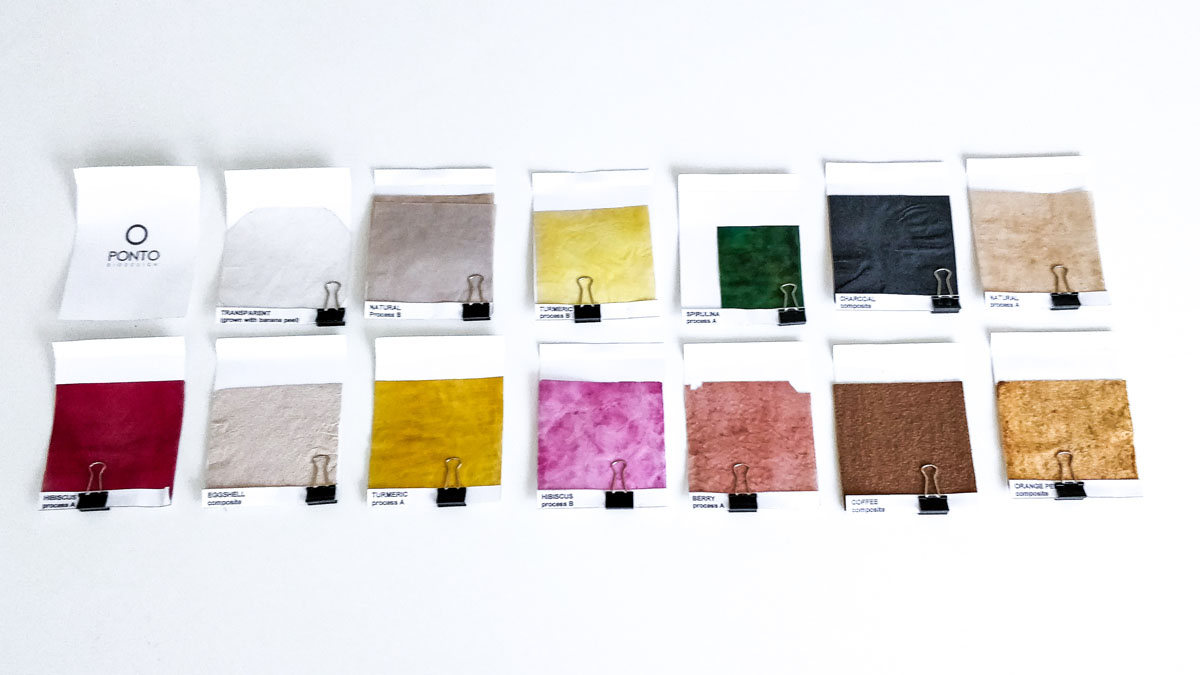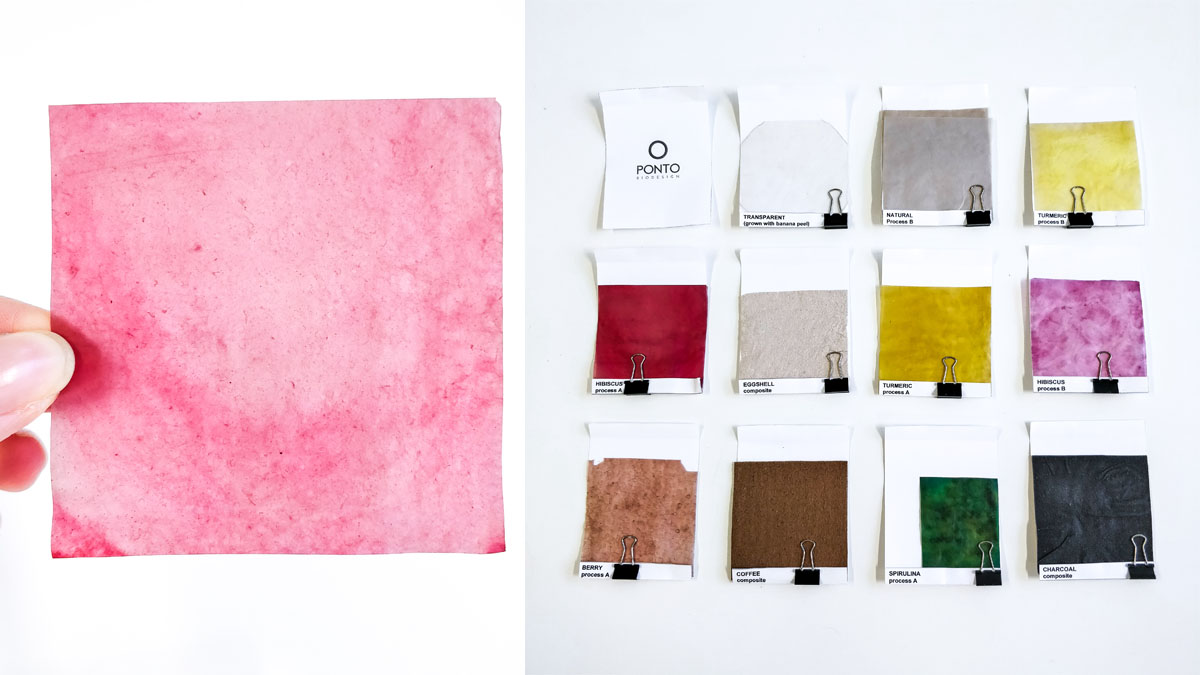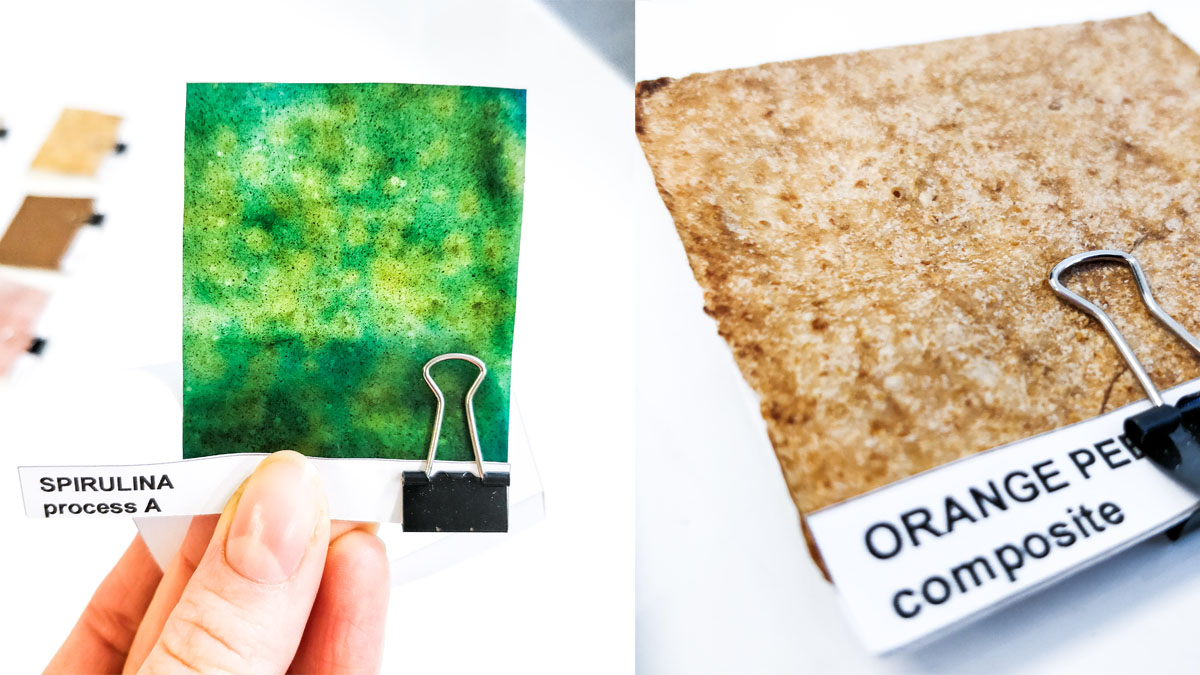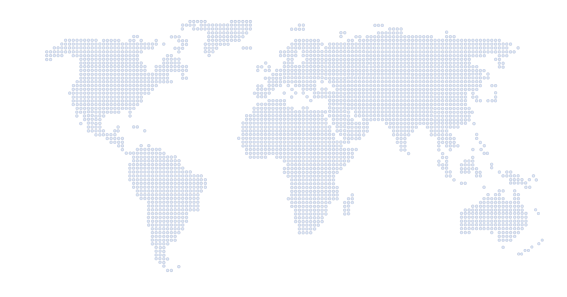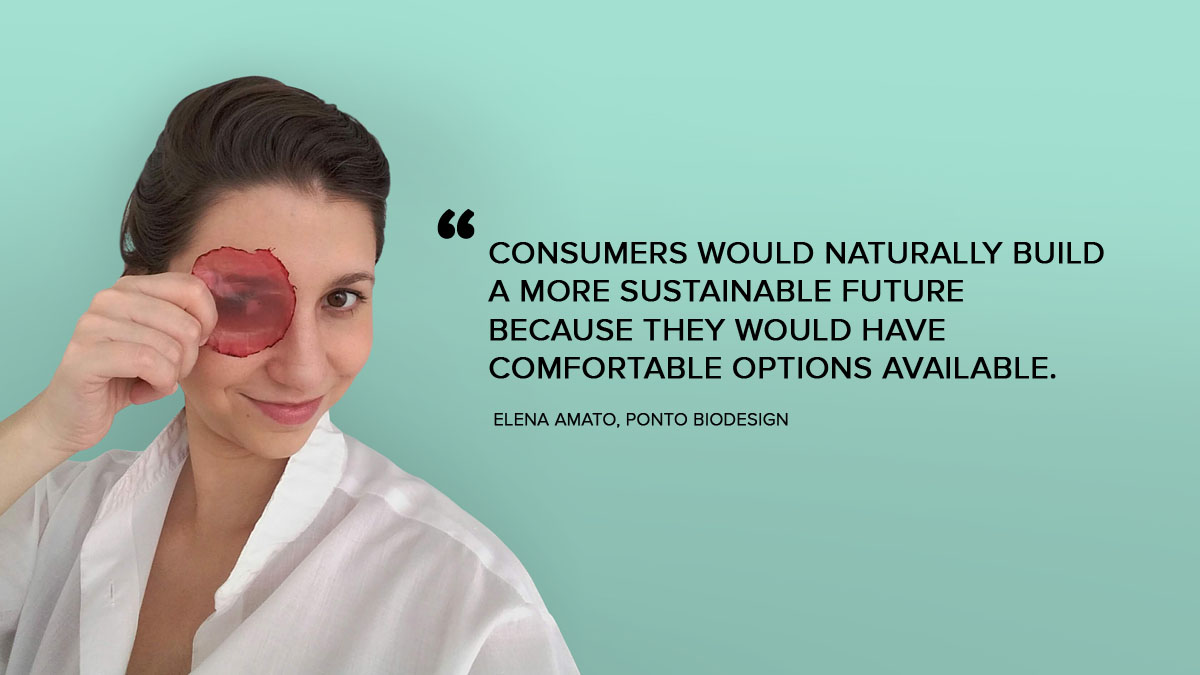
‘Consumers would naturally build a more sustainable futurebecause they would have comfortable options available.’
OMUUS interviewed Elena Amato the founder of Ponto Biodesign “when biology and design meet”. In this article we will talk about Circular Design, why it’s so important, what is happening in the field of Circular Design and what Ponto Biodesign got to do with it.
Can you introduce yourself and your company Ponto Biodesign?
My name is Elena Amato, I’m a Guatemalan designer currently living in Brazil. I’m passionate about circular design, material development using biofabrication and thinking about creative applications for those new materials. I’m the founder of Ponto Biodesign, which is an experimental lab and design studio based on the concept of “when biology and design meet”. Currently I’m researching bacterial cellulose growth using agricultural waste as nutrients for the bacteria. I’m using the bacterial cellulose to make natural, compostable materials for applications in consumer products. Ponto biodesign is still on its early stages but I have a lot of positive engagement from people.
I’m studying for a master’s degree in Design focused on materials and sustainability at the University of the State of Minas Gerais, so I decided to merge Ponto Biodesign with my master’s research for the next year and a half. The aim of the master’s project is to grow bacterial cellulose using banana peel and develop two kinds of materials for fresh fruits and vegetables packaging. The idea is to develop a natural and compostable alternative for plastic trays and PVC films currently used for these types of fresh products.
What is the story behind Ponto?
I started learning about circular economy and biofabrication in 2018 for my graduation project. I designed a more sustainable packaging system for handmade personal care products, manufactured locally with natural ingredients. In order to the packaging’s components flow in integrated and regenerative loops, I decided to use compostable materials. While researching, I started reading about bacterial cellulose and how it was being used in fashion as an experimental alternative for leather. Since the first day I started working with bacterial cellulose I was fascinated by the material and its possibilities. After a lot of experiments, I finally got a great natural, compostable, colorful material that could be used as packaging.
When I finished my graduation project, I just couldn’t stop testing new ideas, so I kept researching and creating new materials. In April 2019 I had the opportunity to be featured in a Design magazine and I was very happy to see that a lot of people were interested in the materials and wanted to buy them for their products. It was then, that I decided to found Ponto Biodesign. I began to work with bacterial cellulose but someday I would like to include fungi biofabrication and grow different kinds of materials.
At the beginning I started with a paper-like material, made purely with cellulose and natural pigments. Then I made biocomposites using food waste like orange peel, eggshell and coffee and after that I began growing the cellulose using food waste as nutrients to feed the bacteria. Every material has its own characteristic some are more flexible, translucent, brittle, smooth and even transparent.
Even though people are interested in buying the materials, we are still on a prototype stage and we still have a long way to go in order to be commercially viable. In the future, we hope they can be used for wallcovering, lampshades, toys, packaging, etc. Thinking about their application is one of the things I like the most about the process. I can’t wait to see Ponto Biodesign’s materials being produced in a wider scale and available for everyone to use.
I like to use the terminology Growing Design, created by the researchers Camere and Karana, to describe my work’s approach. In Growing Design, the materials are grown by living organisms without changing their genetic structure; designers are actively involved in material production even using DIY processes and the materials developed are intended to be used in products today or in a provable future.
What was the gamechanger in your life that motivated you to specialize in circular design?
Sometimes we blame consumers for not taking an action into building a sustainable future, but I think that if designers create thoughtful solutions, using healthy materials for the environment, building smart services, connecting stakeholders in a wider system, and thinking a lot on their experience, consumers would naturally build a more sustainable future because they would have comfortable options available.
According to research conducted by the Design Council, approximately 80% of a product’s environmental impact is defined at the initial design stage. It’s exciting to think the potential design has to reshape the future. It is very important because it has the ability to make changes from the internal business structure to the services and products that they offer to users. Knowing that, as a designer, I felt like there was no other option than to take responsibility for what I created. I wanted to actively design more sustainable options for consumers, thinking in the entire product’s life cycle starting from the material composition.
A lot of the waste we produce comes from packaging, so I want to create healthy and practical options to people and show that it’s ok to use single-use packaging when they are made with the right material. A lot of materials in nature have a short life cycle. The thing is that those materials are meant to return safety to the biological cycle in a short period of time.
Why do you think circular design is so important today?
We were born in the linear economy system, where we feel it’s natural to extract materials, manufacture products and then throw them away. But where is that “away”? We are just making huge piles of mixed materials, wasting and contaminating the resources of the planet. The whole universe works with circular flows: our lives, energy, the climate… everything flows and one thing feeds the other. We were trying to force a linear system that obviously isn’t working.
I think that circular design is very important because if we only take resources but don’t feed them back into the system, eventually we won’t have resources anymore. We have a limited amount of resources that are meant to continuously transform into new formats, but those huge piles of mixed materials that we are making are disabling that transformation that we need in order to renew the resources.
I am thrilled to see so many initiatives around the world working to create alternative materials that can help the transition towards a more Circular Economy. For too long, we’ve been ignoring the fact that products are made with elements that are not safe for humans and nature. It’s time to start cleaning our products and processes and start working like nature does, where nothing is waste and materials flow on integrated and regenerative systems, returning safely to nature as nutrients to be a part of the material cycle again. I believe biomaterials are a great tool to promote transparency, local collaboration, fair trade, social and environmental responsibility. In the near future, biomaterials are going to be everywhere, in medicine, fashion, packaging, toys, furniture, buildings, etc. People are asking for safe and sustainable products.
What are the greatest challenges for circular design?
For me, the greatest challenge for circular design is education and awareness. We as a community need to work together as a system and be conscious about the importance of making the shift towards a more circular economy. The easiest thing to do is to continue doing things the way we’ve been doing them. It’s easier to ignore the problem than to re-organize and re-think about material source, manufacturing process, consumer behavior and how we discard the products we buy.
Specifically, in material development using biofabrication, there are many initiatives with awesome ideas, but it is still a challenge to get the production into a wider scale because a lot of them are still researching, and in early development stages. I find companies like Ecovative, Malai, Make Grow Lab and Boltthreads an inspiration. I hope researchers and startups that are working in this field persevere so biofabricated materials can be available in wider scales and available for more people in the near future.
Another challenge is to change the impression that circular design is a utopic ideal, which only non-profit organizations work on in order to save the planet. Actually, circular design is about financially sustainable solutions. Circular design, besides being necessary in order to continue living in this planet it, has to be lucrative.
Where do you see circular design in the next 5 years?
I believe we will be more aware of the responsibility each of us as members of the community and as professionals have. There will be more regulations that benefit companies that are working towards a more circular operation and penalize those that aren’t. We will see a lot more sharing services in consumer products, more reusable and refillable products, more options of energy from renewable sources for the community, more healthy materials available, people demanding less plastic and pesticides and an increase in the demand of locally source products.
I think that in the next few years, circular design will be more a requirement than an extra feature. Circular design will be essential in every level, since the early stages of the conception of products, the materials used, the manufacturing process, how it’s delivered and the services that will help connect the product with the users and with other companies. Transparency will be a must; there will be more brands and products with tracking codes that will give the information of the whole production chain to the consumers.
Of course, I also like to think that the future will be a lot more bio. Our buildings, energy, clothes, nutrition, health, etc. will be more connected with nature and we will operate in a more symbiotic way with our environment. That means that we will have to design our physical surroundings with and for the specific characteristics of our local environment. The intersection of biology, technology and design will be a powerful tool for creating more sustainable solutions. In five years, we will see a more consolidated platform of what will drive the circular bio-economy in the future.
How would you describe your materials to an alien with 4 adjectives?
Natural, microbe-made, colorful, waste-based.
We want to thank Elena Amato for sharing her insights about Circular Design and wish the best of luck with Ponto Biodesign. We recommend to keep an eye on this future proof company here!
Do you want to know more about sustainable packaging materials? Contact us and let’s discuss more of your needs!
Annina Verkkomäki +358 40 7680127
annina.verkkomaki@omuus.com

